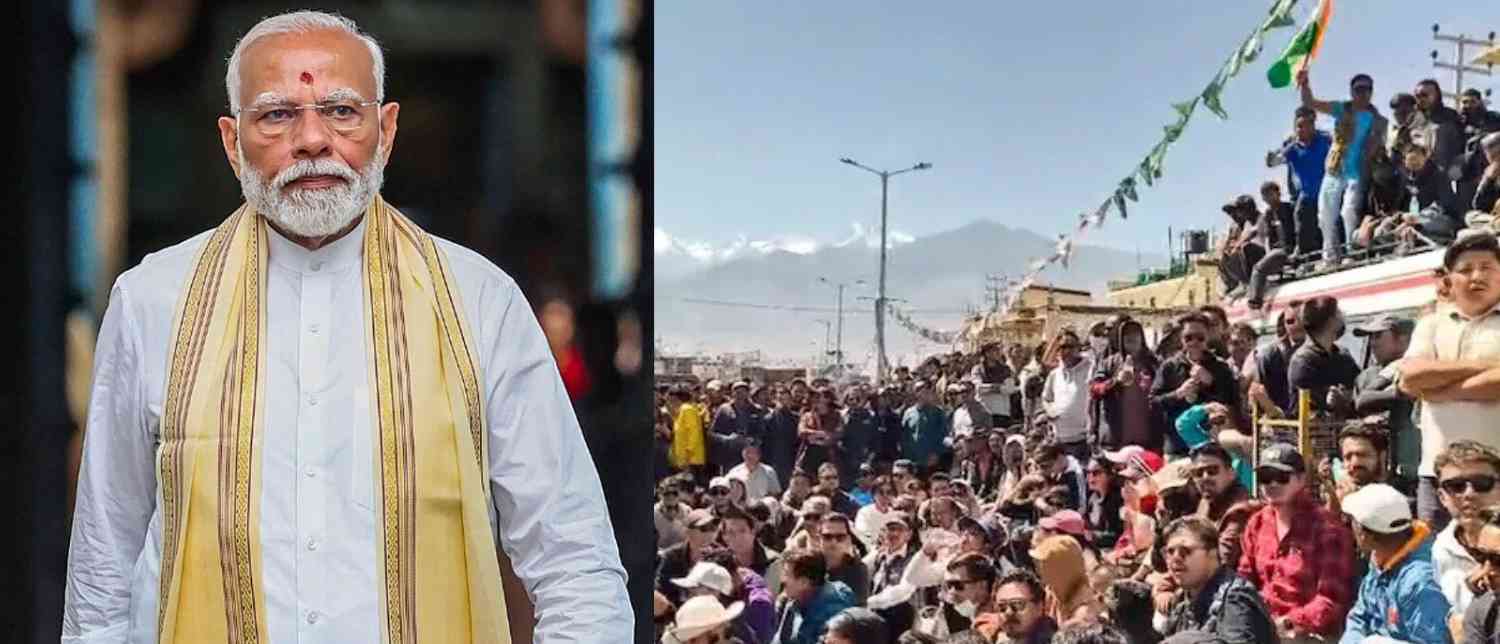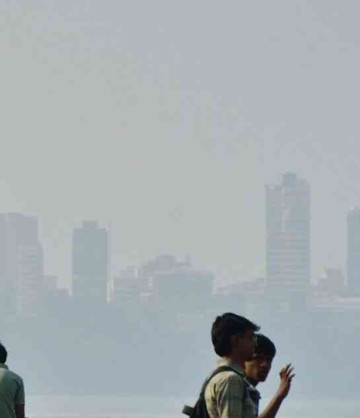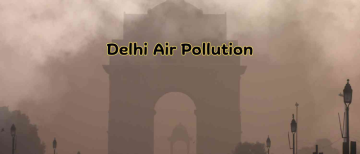Ladakh, a strategically important region in India’s Himalayan frontier, has recently witnessed violent unrest as youth-led protests demanding statehood and constitutional protections escalated into deadly clashes. At least four people were killed and many injured in confrontations between protesters and security forces in Leh, Ladakh’s regional capital. The protests have revealed deep-rooted frustrations among Ladakh’s young population, who feel abandoned by lengthy delays in dialogue and unfulfilled promises by the central government under Prime Minister Narendra Modi's administration.
The root of the unrest lies in the region’s special political status. In 2019, the Modi government restructured Jammu and Kashmir, carving Ladakh out as a Union Territory without statehood, placing it under direct federal control. Since then, local groups including the Leh Apex Body (LAB) and Kargil Democratic Alliance (KDA) have campaigned for Ladakh to be granted full statehood along with constitutional safeguards, particularly under the Sixth Schedule, which would provide tribal protections and local autonomy. Despite several rounds of talks with the government, progress has been slow and unsatisfactory, contributing to widespread disillusionment.
The current protests differ from previous peaceful hunger strikes and shutdowns in scale and intensity. The anger of Generation Z activists, inspired by recent youth-led protests in neighboring South Asian countries, burst onto the streets, resulting in violent clashes and an eruption of pent-up frustration. Many protesters blame the Modi government for postponing dialogue and ignoring their calls. The government, on its part, has condemned the violence, called for restoring peace, and accused some leaders like Sonam Wangchuk—the prominent protest face—of inciting unrest, which he denies.
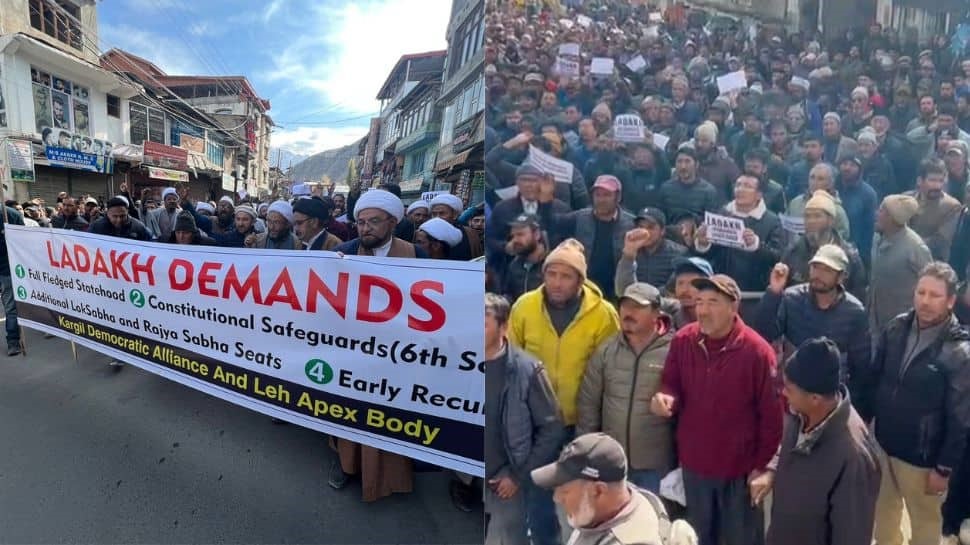
Ladakh’s importance to India is strategic and multifaceted. It borders China, with whom India has faced military border confrontations, including deadly clashes in 2020. Essential mountain passes, airfields, and supply routes pass through Ladakh, making stability crucial for national security. The unrest therefore risks not just internal instability but also strategic vulnerabilities. This places Modi’s government in a difficult position—balancing assertive control to preserve territorial integrity, while addressing rising local demands for autonomy and representation.
The Modi government's reaction to the unrest seems to present risks. Heavy-handed police action, detention of protest leaders, and dismissive rhetoric about the protesters’ grievances risk alienating the local population, especially its youth. Such alienation could drive a key ally region further away politically and socially, increasing the chances of prolonged instability. Meanwhile, protesters insist that continued dialogue and tangible progress toward statehood and protections remain the best path to peace.
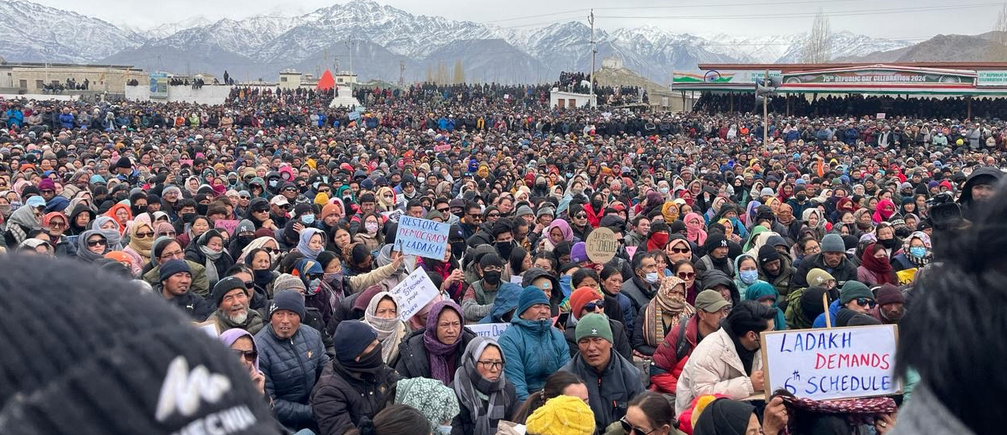
Despite significant infrastructure investments and development projects initiated since Ladakh gained Union Territory status, frustrations run deep. Many locals argue that development has not translated into political empowerment or protection of their cultural identity and interests. The protests therefore serve as a warning against a mere top-down approach that equates development with acceptance without addressing local aspirations and democratic representation.
In conclusion, the unrest in Ladakh is a reminder that even strategically vital regions guarded by strong security measures require sensitive political engagement. Modi’s response, if perceived as dismissive or heavy-handed, could risk pushing Ladakh’s people into deeper disaffection. The government faces the challenge of recognising legitimate demands and restoring trust through sustained, inclusive dialogue while maintaining stability in a sensitive border region. Successfully navigating this could strengthen India’s internal cohesion and strategic positioning; failure to do so may create fissures in a key ally region.
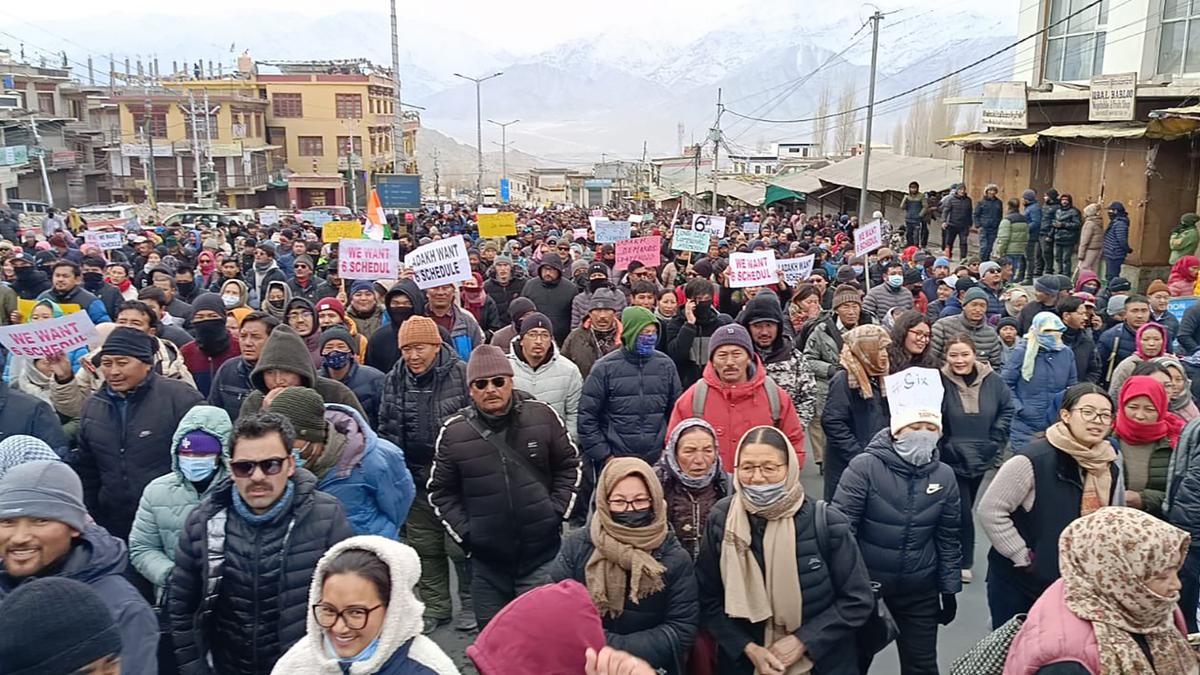
This situation remains fluid, with further talks scheduled and calls for restoring peace ongoing. It underscores the need for a balanced, patient approach that addresses both security concerns and democratic aspirations to avoid drifting Ladakh further away from the centre.
With inputs from agencies
Image Source: Multiple agencies
© Copyright 2025. All Rights Reserved. Powered by Vygr Media.

